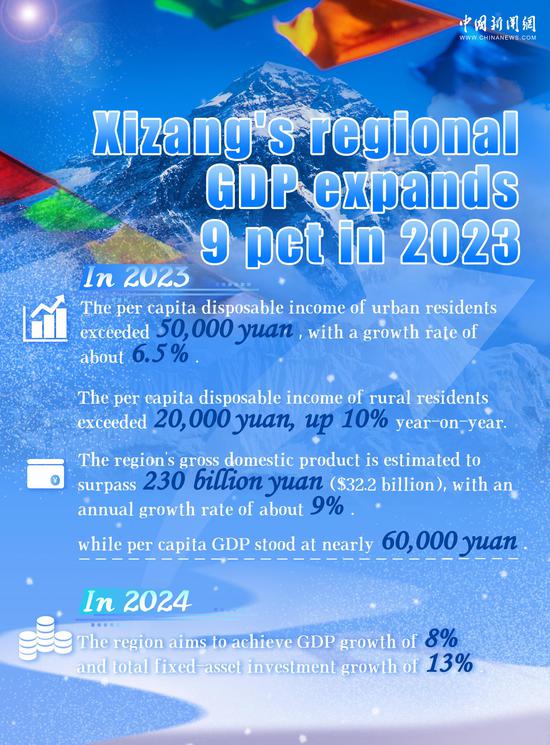(ECNS) -- The Gravity-1 (YL-1) carrier rocket was launched from the Taiyuan Satellite Launch Center from waters off the coast of Haiyang, east China's Shandong Province, at 1:30 p.m. (Beijing Time) on Thursday, sending three satellites into the planned orbit.
It was the first flight mission of the YL-1 commercial carrier rocket, setting records as the world's largest solid-fuel carrier rocket and China's most powerful commercial launch vehicle.
The rocket was independently developed by OrienSpace, a Shandong-based technology group. It is of medium-size , at 30 meters in height, with a core stage and booster diameter of 2.65 meters each.
The rocket's low Earth orbit payload capacity is 6.5 metric tons, and its sun-synchronous orbit payload capacity at 500 kilometers is 4.2 tons.
Co-CEO of OrienSpace Yao Song said that currently, the mainstream satellite constellations consist mostly of individual satellites weighing between 200 to 300 kilograms.
“Rockets with a payload capacity of over 4 metric tons can achieve batch launches, deploying half or a full orbit of satellites at once, thereby efficiently establishing satellite networks,” he said.
With a liftoff weight of 405 metric tons and a liftoff thrust of 600 metric tons, the rocket can send 30 satellites into space in one launch. It can also carry small cargo spacecraft and super-large satellites weighing 3 to 4 metric tons.
The YL-1 carrier rocket is also the first domestically developed commercial rocket with a bundled configuration.


















































 京公网安备 11010202009201号
京公网安备 11010202009201号